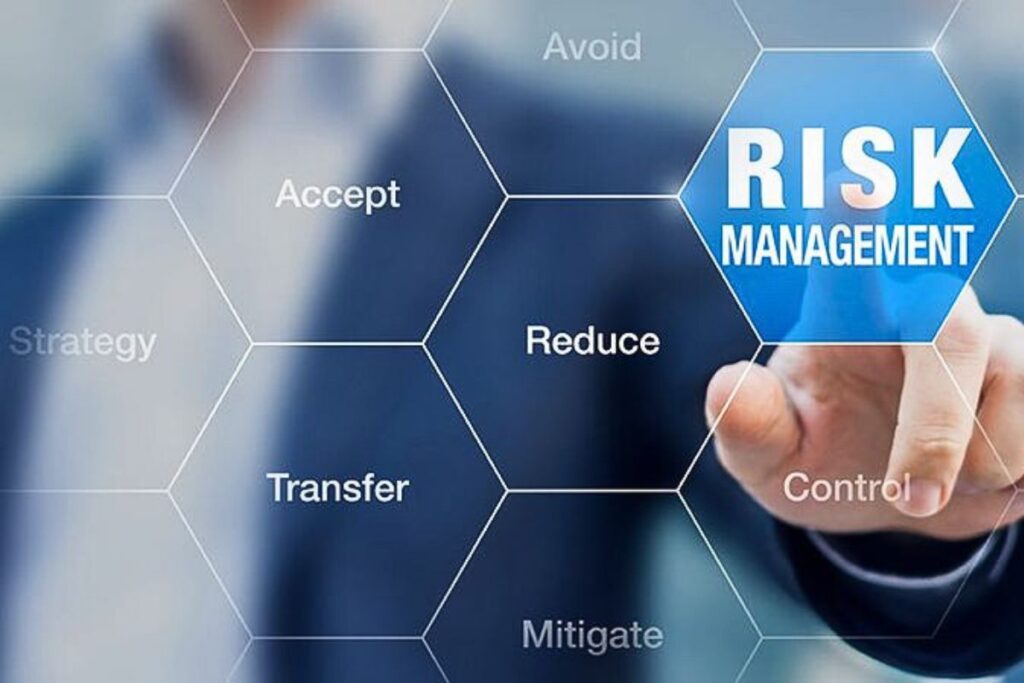Risk management is necessary for companies in every sector, and the person in charge of this role is the risk manager. What does a risk manager do?
A risk manager acts as a safeguard, helping businesses prepare for and respond to unforeseen challenges and ensuring that backup plans are in place in case of emergencies. This piece explores risk management, the roles and responsibilities of a risk manager, the skills needed for the job, and how to become one.
What Is Risk Management?
Risk management is the process of identifying, assessing, and prioritizing risks. The process is then followed by the coordinated application of resources to reduce or control the effects of these risks. It includes everything, from making strategic decisions to day-to-day operational tasks.
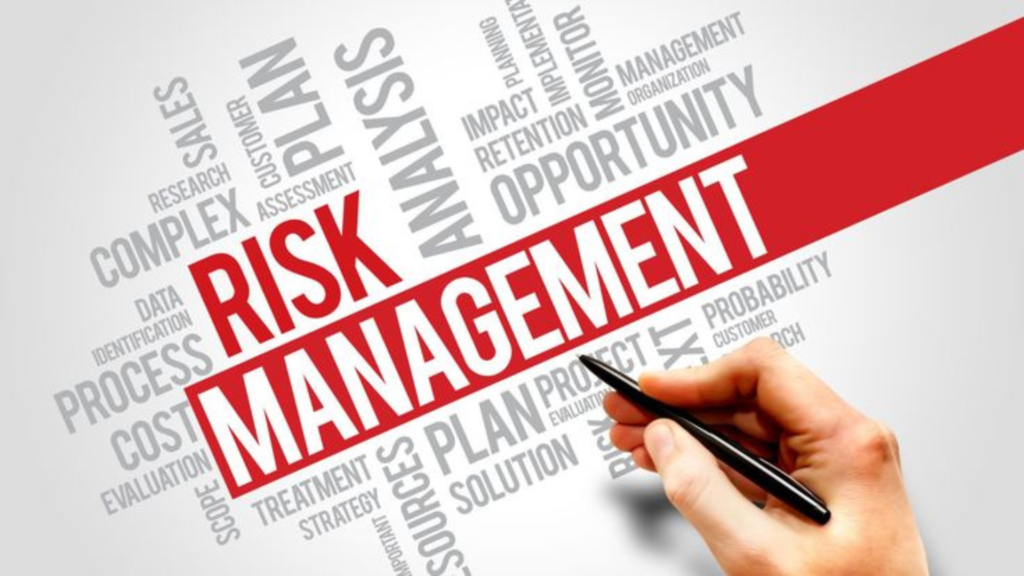
Risk management focuses on strategy and compliance. People in risk management roles (risk managers) help identify and evaluate factors that can contribute to risk or liability for a company or organization.
The Role of a Risk Manager: Key Responsibilities and Duties
Understanding the answer to the question “What does a risk manager do?” can help you appreciate why they’re essential to maintaining and safeguarding a company’s assets. Some of the roles and responsibilities of a risk manager include:
1. Identifying and Assessing Risks
One of the primary duties of a risk manager is to identify and evaluate potential risks that could endanger the business. The manager also needs to determine the possibility of these risks materializing and the possible damage they could cause. These risks could be financial, operational, legal, or environmental.
2. Developing Risk Mitigation Strategies
Once risks have been identified, the next step is to develop strategies to mitigate or eliminate them. This might involve creating policies, procedures, or systems to reduce the possibility of an adverse event.
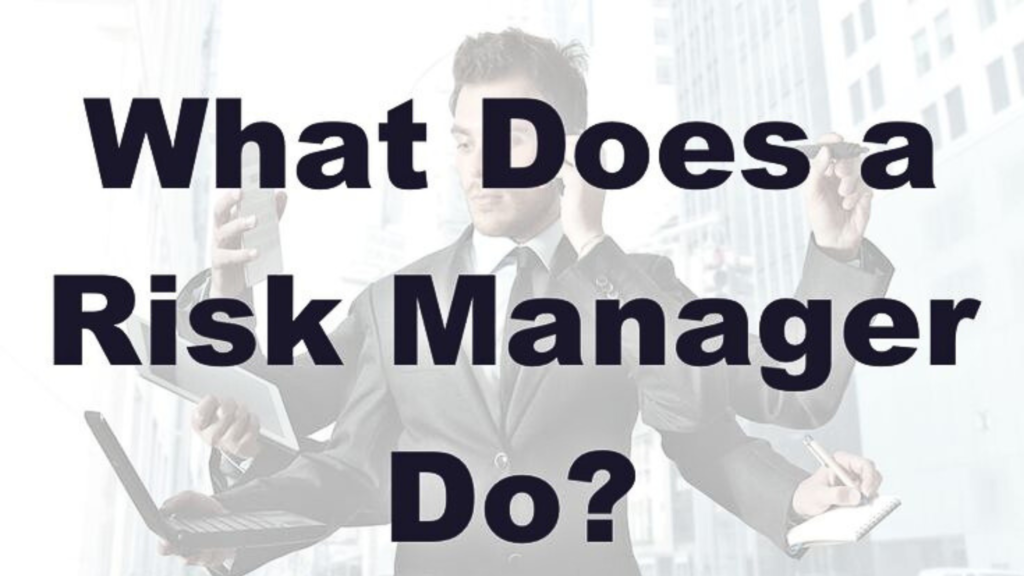
3. Monitoring and Reviewing Risk Management Policies
Risk managers must regularly monitor the effectiveness of their risk mitigation methods and make adjustments as necessary. They need to stay up-to-date with changes in the external environment and ensure that the business’ risk management policies are updated accordingly.
ALSO READ: Study Reveals the Employees That Are Most Likely To Quit
4. Carry Out Risk Audits
A risk manager may carry out audits or assessments to ensure the business’s risk management policies are working. This involves reviewing the systems and procedures in place, finding gaps, and making recommendations for improvement.
5. Creating Contingency Plans
One of the most critical aspects of risk management is having a contingency plan (backup plan). Risk managers create backup plans that define what should be done if a significant risk becomes a reality. These plans are intended to minimize damage and ensure business stability in the face of unexpected challenges.
What Does a Risk Manager Do in Banks?
The job description of a risk manager can vary depending on the industry and the organization’s size. In the banking sector, risk managers play a vital role in maintaining the stability of financial institutions.
Some specific responsibilities of a risk manager in a bank include:
- Credit Risk Management: This involves evaluating borrowers’ creditworthiness and ensuring that the bank’s lending policies are designed to minimize the risk of default.
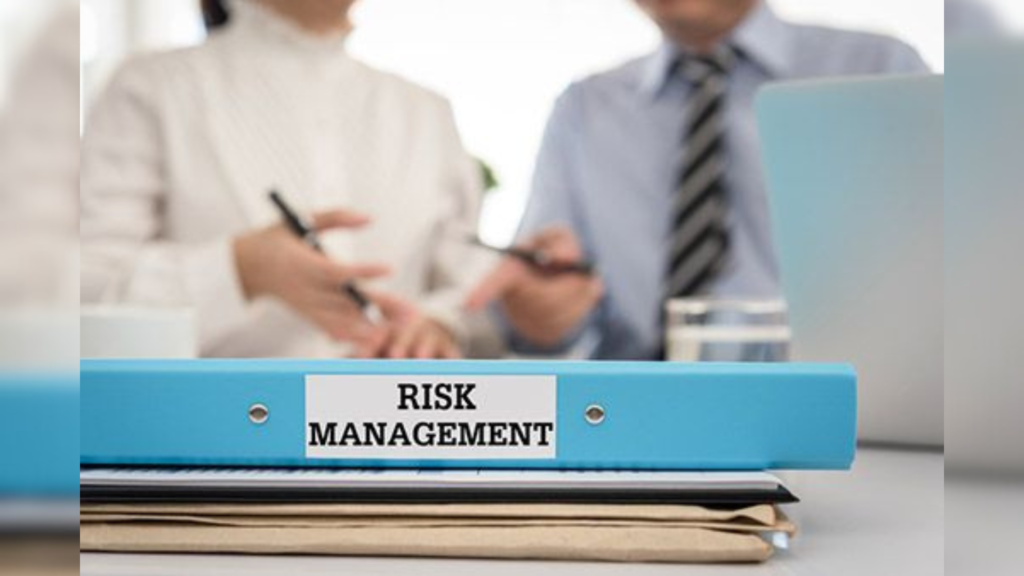
- Market Risk Management: This involves monitoring how vulnerable the bank is to fluctuations in the market and creating plans to reduce possible losses.
- Operational Risk Management: This involves identifying risks in the bank’s daily operations and implementing policies to reduce those risks.
- Regulatory Compliance: This involves ensuring the bank abides by regional, governmental, and international regulations to avoid penalties and legal problems.
ALSO READ: Why Remote Work Persists: ‘It’s Still Kicking,’ According to an Economist
How to Become a Risk Manager
If you’re interested in pursuing a career in risk management, there are specific steps you need to take to improve your chances. Here’s a guide that will help you become a risk manager:
Get a Bachelor’s Degree
Most risk managers have a bachelor’s degree in risk management or a related field, such as finance, business administration, or economics. While most employers only require a bachelor’s level of education, others may demand a master’s.
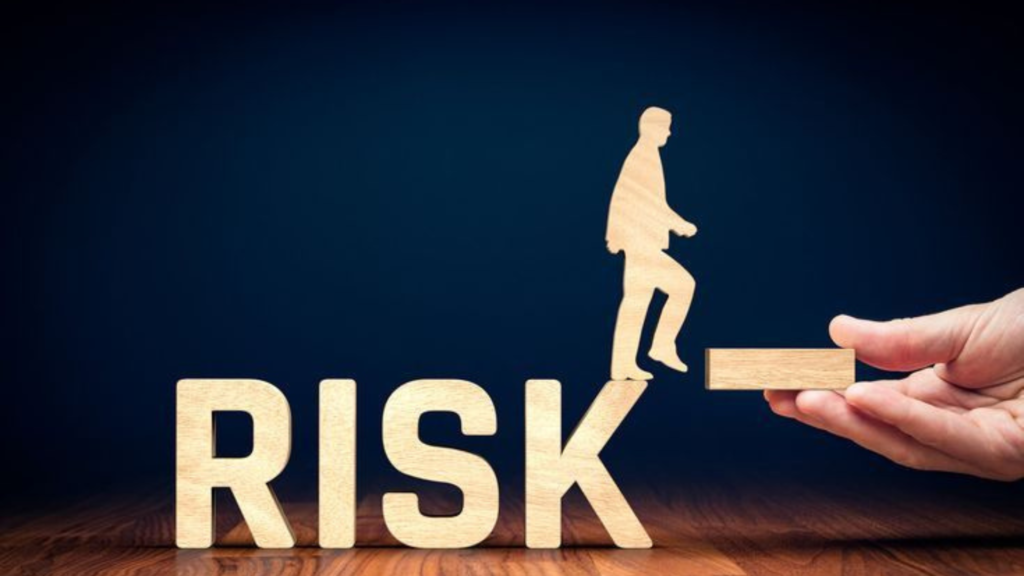
Gather Relevant Work Experience
Gaining experience in related fields like banking, insurance, or compliance is essential before becoming a risk manager. These fields offer entry-level jobs that can help you develop your abilities as a risk manager and give you valuable insights into the risk environment.
Acquire a Professional Certification
There are several professional certifications that can boost your qualifications and increase your chances of landing a job. Some of the most recognized certifications include:
- Certified Risk Manager (CRM), offered by The National Alliance for Insurance Education & Research.
- Certified Risk Management Professional (CRMP), offered by the Risk and Insurance Management Society (RIMS).
- Financial Risk Manager (FRM), offered by the Global Association of Risk Professionals (GARP).
A key aspect of the risk manager’s role is protecting company information from cyber threats and breaches. With data becoming one of organizations’ most valuable assets, risk managers must develop strategies to protect sensitive data, implement cybersecurity procedures, and ensure that the company complies with privacy laws.

